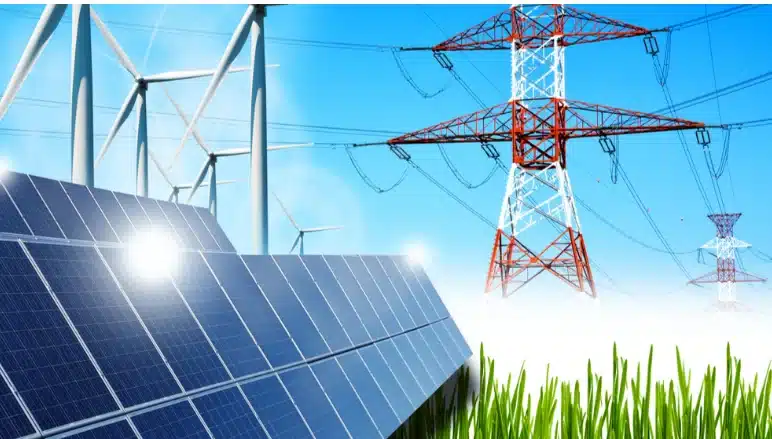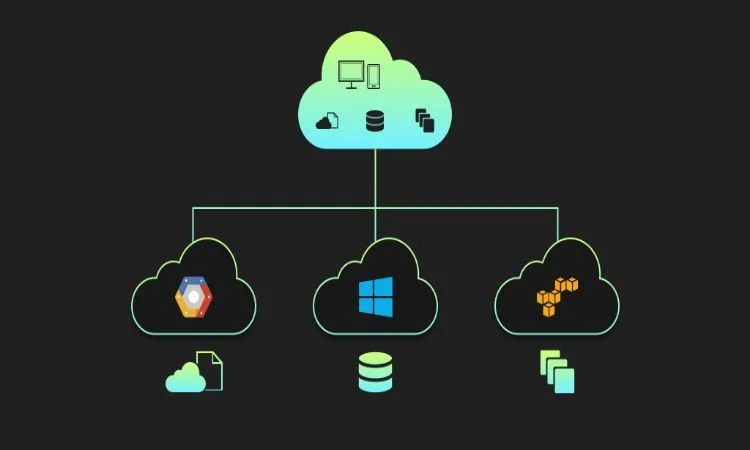
People are slowly moving away from how power used to work: big wires, coal-fired plants, and bills that kept rising no matter how little you used. That model isn’t working anymore. With rising costs, environmental damage, and frequent outages in parts of India, more people are thinking about whether there is a better way to get power.
Turns out, there is. And that’s where renewable energy systems come in. They’re not just about the environment; they’re about control. When you use solar panels on your own rooftop or tap into wind power, you’re choosing a smarter, cleaner, and more reliable source of electricity.
Different Renewable Energy Systems and How They Work for You?
There’s no one-size-fits-all setup. The type of system that works for you depends on your space, location, and energy usage.
Solar systems are the most common. They work well in most parts of India and are easy to install on rooftops. If you live in a place with open land and steady wind, wind turbines can help. Hybrid systems, those that combine solar and wind, are becoming more popular too. They offer a more stable supply by balancing out the limits of each source.
Then, there are microgrids with storage. These are great for local areas or buildings that want backup during outages. You might see these in schools, hospitals, or even housing societies now.
The Real Benefits of Renewable Energy Systems
The most obvious advantage is the environmental one. No smoke, no pollution, and no fuel imports. But that’s just the beginning.
Households in India that switch to renewable energy systems often see their monthly bills go down by 30 to 50 per cent. And when you add storage systems, you achieve consistent power even during peak loads or grid failures. That’s a big win in cities like Chennai or Lucknow, where summer outages can be a real problem.
You’re also investing in the long term. These systems usually last 20–25 years. Once they’re paid off, usually within six years, it’s almost like running your home on free power.
How Smart Tech is Changing Renewable Energy Systems?
Ten years ago, solar panels were just that, panels. Today, things are more advanced. You can monitor how much energy you’re producing or saving through your phone. Smart inverters adjust output automatically. Some systems even learn your usage patterns using AI.
That means no more guessing. You know what’s working, what’s not, and when to switch between power sources. Companies like Hero Future Energies are using tools like machine learning and data analytics to make solar and wind power smarter, not just bigger.
Comparing Old vs Smart Energy Choices
Cost matters to most people, and while renewable systems may seem expensive at first, they often prove more cost-effective in the long run.
Let’s say you install a 3kW solar system. It costs about INR 1.8 lakh after subsidies. Over five years, your savings on power bills could be more than INR 2.5 lakh. Add a battery later, and you’ll save more, plus you’ll get backup power.
That’s why families and small schools across India are slowly switching. Not just for the savings, but for the peace of mind that comes with it.
Energy Storage Makes Renewable Energy Systems More Reliable
The one question people always ask is, what happens at night or during bad weather?
That’s where battery storage comes in. A system like Energy Cube stores extra solar energy generated during the day. You can then use it at night or when the demand is high. It’s clean, fast, and takes less space than a diesel generator setup.
Storage doesn’t just mean backup. It also helps you reduce your monthly fixed charges by better managing peak demand. For many, this adds up to 20–25% savings on top of the regular bill cut.
Government Support is Making Renewable Energy Easier to Adopt
The Indian government is supporting clean energy more than ever. You can now get subsidies up to 40% for rooftop solar in some states. There’s also net metering; if your system makes more power than you use, the extra can go back to the grid, and you get paid or credited for it.
Even loans have become easier. Some banks give energy loans at lower interest rates. And new payment models, such as pay-as-you-go or deferred capex, help you get started without spending everything upfront.
Conclusion
This isn’t just a trend; it’s the way forward. From apartments in Delhi to remote schools in Odisha, people are slowly realizing that smart, clean energy is not something far away; it’s doable now.
With new technologies like green hydrogen, microgrids, and energy storage continually improving, the journey is only becoming more interesting. And companies working at scale, like Hero Future Energies, are helping make it easier and more affordable for everyone else.
Renewable energy systems are not only about saving money or going green. They’re about taking control, staying prepared, and being future-ready.

Why Smart Startups Choose Custom AI Business Solutions Today

How to Optimize Business Operations with Vending Machines in Australia

How a portable office for sale can streamline on-site operations and boost productivity

Onsite Tire Change in Ottawa : Safe Fast & Professional Tire Services

Accelerating drug discovery through the DEL-ML-CS approach

Top Reasons Law Firms Are Replacing Call Centers With TeleWizard

5 Common Multi-Cloud Networking Mistakes & Fixes

Eye-Catching Composition Techniques Using Action Camera Wide-Angle Lenses








